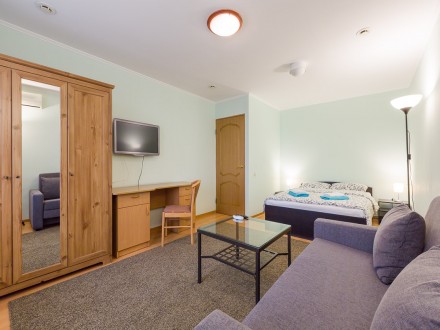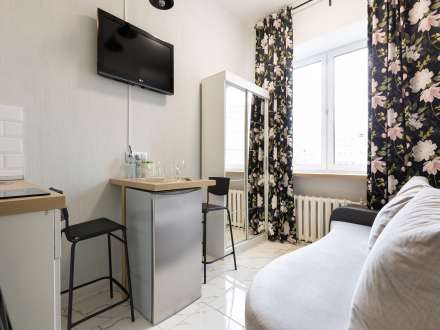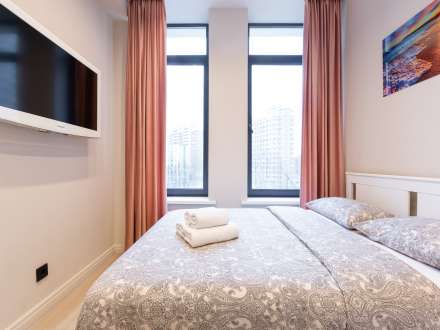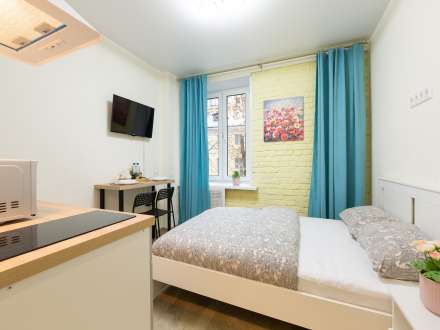Basmanny district
Time of occurrence
The first mention of Basmanny dates back to the 14th century. It was during this period that the first settlements began to appear near the Pokrovskaya road, which led to Vladimir land. Today this road serves as the main road in the region.
History of foundation
In the 15th century, a monastery was erected on the territory of the Basmanny district, which completely burned down during a fire in 1812 and was restored only in 1860.
Basmannaya Sloboda was the largest in Moscow. It got its name thanks to the artisans who lived and worked there, who embossed (basmils) various drawings, patterns and inscriptions on the bread they produced.
Stone houses and estates appeared on the territory of the district at the end of the 18th century. Many of them have survived to this day, but they are of practically no value and are in need of serious reconstruction.
Distinguishing features
The Basmanny district of Moscow compares favorably with the fact that it has taken not the last place in the formation of culture, science and education of the city. Basmannaya and Nemetskaya Sloboda (the area between Staraya Basmannaya and Spartakovskaya streets) were located on its territory.
Such well-known figures of culture, art and politics as Rokotov, Pushkin, Zhukovsky and Chaadaev once worked and lived on the territory of Basmanny.
Basmanny today
Today, the Basmanny district of Moscow occupies 816 hectares of land and is represented by 129 streets. They are crossed by 15 city highways. The most intense traffic flow is observed on Zemlyanoy Val, Staraya Basmannaya and Bakuninskaya streets.
On the territory of the Basmanny district there are 47 squares and two large parks, thanks to which it is a relatively green place, which cannot be said about other districts of the central district of the capital.









